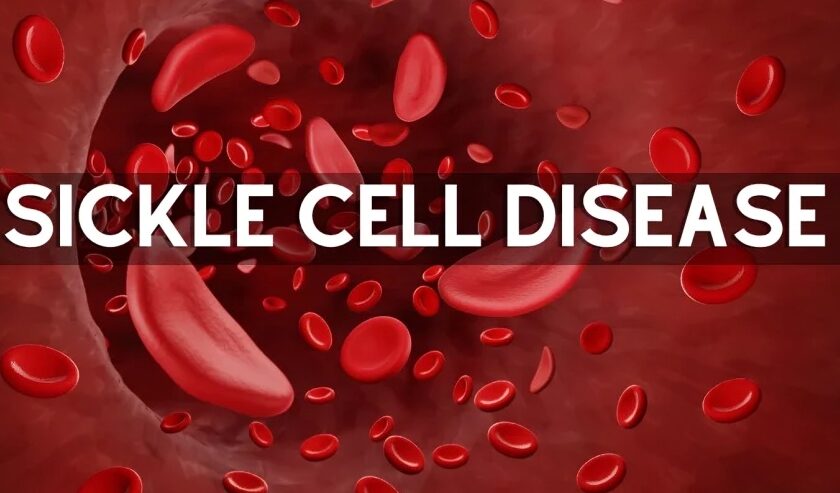Introduction: A Silent Threat in Childhood
Pediatric strokes are more common than most parents realize, especially in children diagnosed with Sickle Cell Disease. Although it’s widely known that this inherited blood disorder causes chronic anemia and pain episodes, not everyone understands the significant neurological risks it poses. One of the most alarming complications is stroke, both ischemic and hemorrhagic.
However, with early detection, consistent care, and the right medical support, many of these stroke risks can be managed or prevented. In this blog, we will explore the connection between Sickle Cell Disease and pediatric strokes, with a focus on practical strategies for parents and caregivers.
Understanding Sickle Cell Disease in Children
Before diving into the neurological risks, it’s essential to understand what Sickle Cell Disease entails. This genetic condition affects the hemoglobin in red blood cells, causing them to take on a crescent or “sickle” shape. Unlike healthy round cells, sickle-shaped cells stick to vessel walls, break apart easily, and block blood flow.
Key features of Sickle Cell Disease include:
-
Chronic anemia due to rapid red cell breakdown
-
Recurrent pain crises caused by blocked blood vessels
-
Risk of organ damage, including the brain
-
Increased susceptibility to infections
Because the disease begins in early childhood, it requires vigilant management from a very young age.
Why Stroke Risk is Higher in Sickle Cell Patients
One of the most devastating consequences of Sickle Cell Disease is its impact on cerebral circulation. The misshapen cells obstruct blood flow to brain tissue, depriving it of oxygen. This oxygen deprivation, especially in the large arteries of the brain, increases the risk of both silent and overt strokes.
Moreover, chronic inflammation and damaged blood vessels heighten the risk even more. The narrowing of arteries (called stenosis) in the brain due to ongoing vessel injury is another common precursor to stroke in these children.
Common stroke symptoms in young children include:
-
Sudden weakness in the arms or legs
-
Difficulty speaking or understanding language
-
Facial drooping
-
Seizures or loss of consciousness
-
Severe headaches or dizziness
It’s worth noting that some strokes can be “silent,” showing no immediate symptoms, but still leading to cognitive deficits later on.
Silent Strokes: The Hidden Danger
Perhaps more alarming than visible strokes are the so-called “silent” strokes that many children with Sickle Cell Disease experience. These do not produce outward symptoms, which means they often go unnoticed by parents and even some healthcare providers.
However, silent strokes can significantly affect a child’s development. Issues with memory, attention, learning, and behavior may gradually appear, making early detection and brain imaging incredibly important.
Fortunately, transcranial Doppler ultrasound (TCD) screenings can help identify children at high risk of stroke. This non-invasive test checks for abnormal blood flow in brain arteries and has become a routine part of stroke prevention in pediatric sickle cell care.
Stroke Prevention and Treatment Strategies
The good news is that advances in medical science offer hope. Through a combination of monitoring, medication, and lifestyle changes, children with Sickle Cell Disease can lead healthier lives and significantly reduce their stroke risk.
Effective prevention strategies include:
-
Hydroxyurea therapy: Helps reduce the frequency of sickling episodes
-
Regular blood transfusions: Dilute sickled cells and improve oxygen delivery
-
Transcranial Doppler screenings: Performed annually to detect high-risk children
-
Prompt treatment of infections: Prevents secondary triggers of stroke
-
Hydration and rest: Minimizes vascular stress and pain crises
Additionally, early intervention by a pediatric neurologist can help manage any neurological deficits and monitor developmental milestones.
The Role of a Multidisciplinary Team
Given the complexity of Sickle Cell Disease, managing it effectively requires a collaborative approach. Pediatricians, hematologists, neurologists, psychologists, and therapists all play vital roles. Together, they help ensure that every aspect of the child’s health—physical, cognitive, and emotional—is cared for.
Moreover, parents and caregivers must be educated on recognizing warning signs of stroke and how to respond quickly. Time is critical when dealing with strokes, even in children.
Long-Term Outlook: Navigating Life with Support
Although living with Sickle Cell Disease presents challenges, many children go on to live fulfilling lives when the condition is well-managed. Schools, families, and healthcare providers must work together to support these children academically and emotionally.
Some children may need neuropsychological assessments, speech therapy, or occupational therapy, depending on the extent of brain involvement. Thankfully, early rehabilitation efforts often yield significant improvements.
It’s also essential to address the mental health impacts of chronic illness. Children living with frequent hospital visits and physical limitations may benefit from counseling or support groups tailored to their needs.
Final Thoughts: A Proactive Approach Saves Lives
To conclude, raising awareness about the neurological risks associated with Sickle Cell Disease is more crucial than ever. Recognizing symptoms early, conducting routine screenings, and adopting preventive strategies can make a profound difference in a child’s life trajectory.
In conclusion, if you are concerned about your child’s stroke risk due to Sickle Cell Disease, consulting a Paediatric neurologist in Dubai is strongly recommended. At the forefront of this specialized care is Dr. Vivek Mundada, whose compassionate expertise and proactive approach are helping families across the UAE better manage pediatric neurological conditions associated with blood disorders.
Recap: What Every Parent Should Know
Summary points to remember:
✅ Sickle Cell Disease significantly raises stroke risk in children
✅ Regular Doppler screenings are essential for early detection
✅ Silent strokes can impact learning and behavior
✅ Prevention includes medications, transfusions, and hydration
✅ Multidisciplinary care improves long-term outcomes



